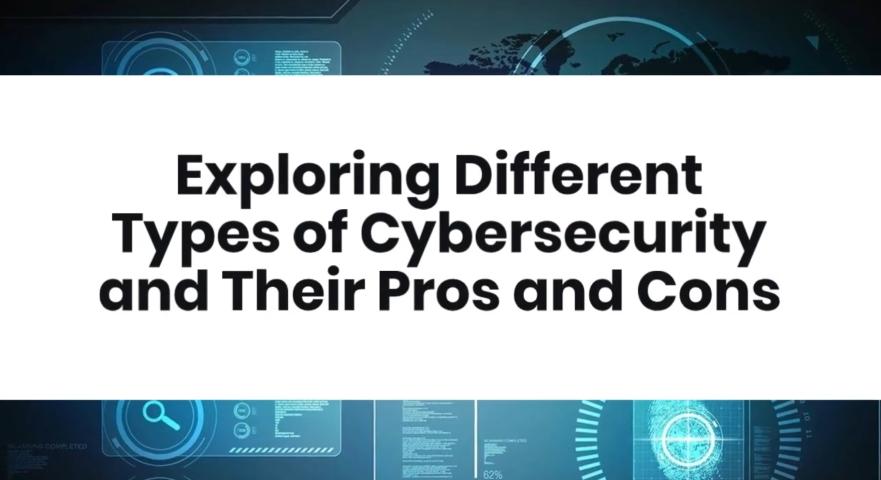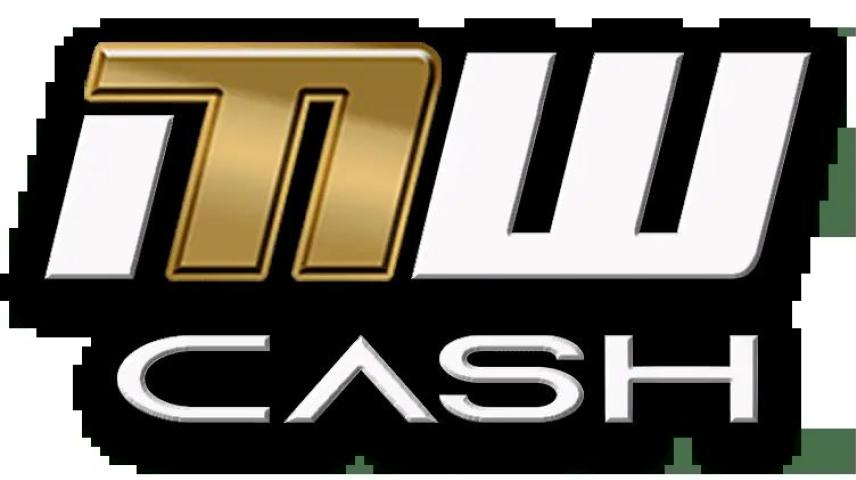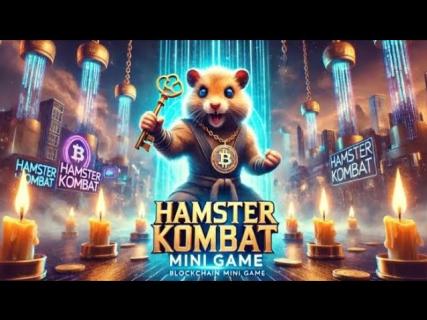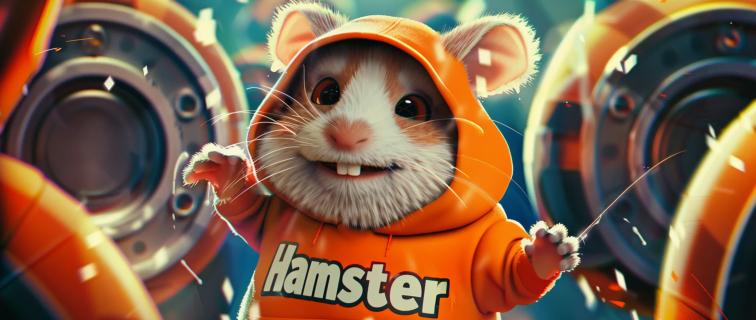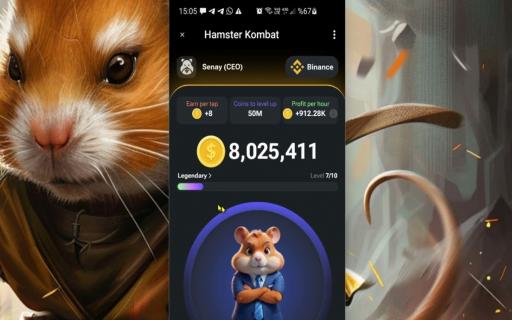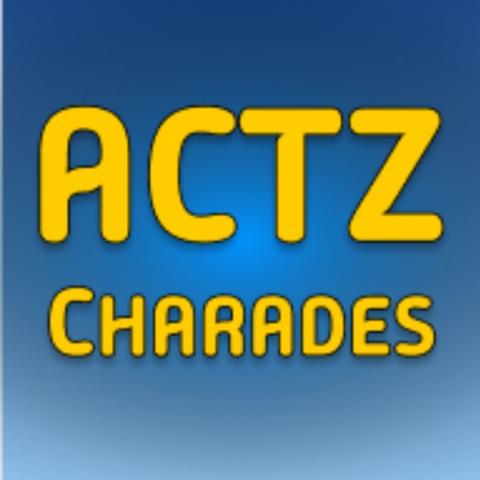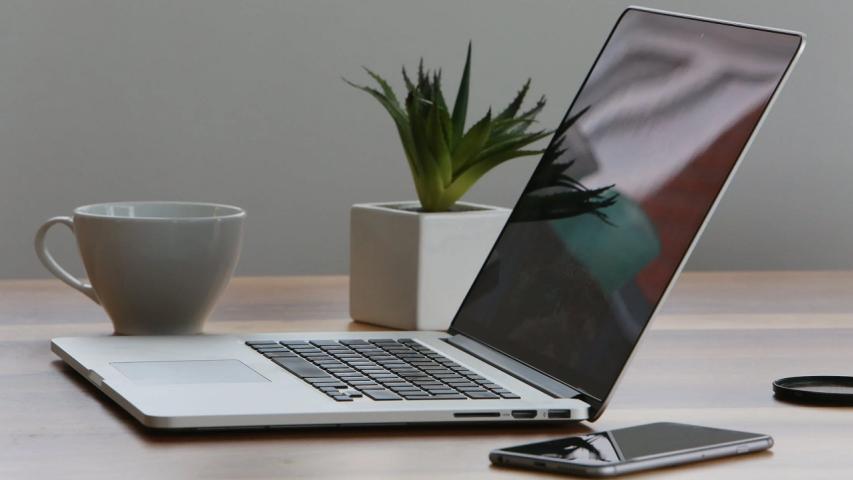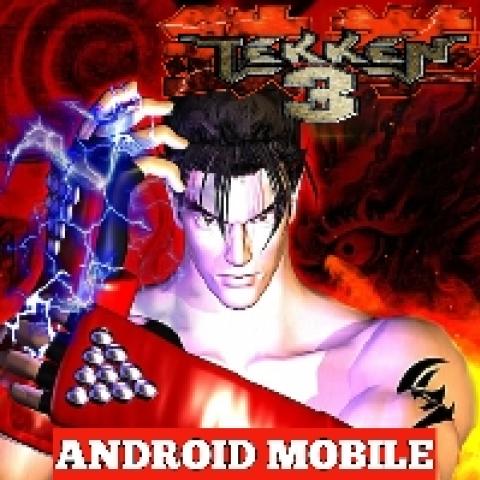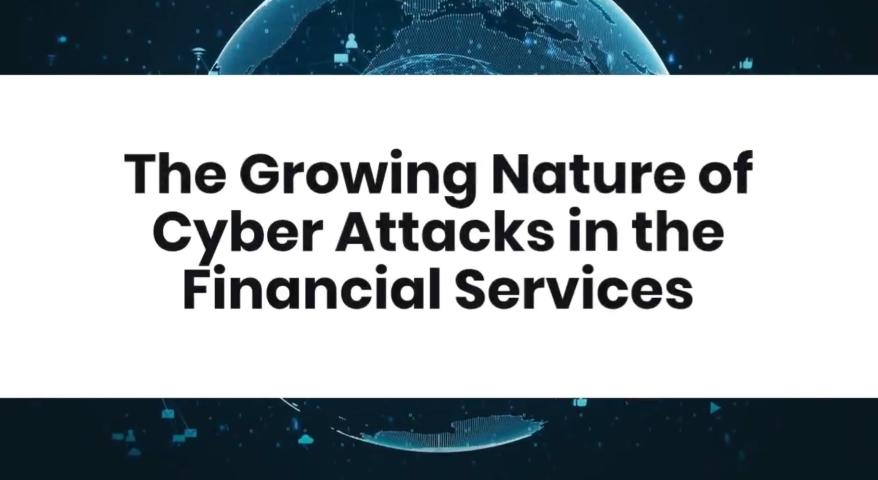BOGO deals, short for "Buy One Get One," are a popular promotional strategy used by businesses to boost sales and attract customers. These deals are effective not just because they offer a tangible benefit, but also because they tap into several psychological principles that influence consumer behavior.
Understanding the psychology behind BOGO deals can help businesses leverage them more effectively to achieve their marketing goals.
Why Do BOGO Deals Work?
Perceived Value:
Instant Gratification: BOGO offers immediate rewards, making customers feel they are getting more
for their money. This sense of instant gratification can drive impulse purchases.
Deal Sensitivity: Consumers are highly sensitive to deals and discounts. The word "free" has a
powerful impact, creating a perception of increased value even if the actual savings are minimal.
Scarcity Principle:
Fear of Missing Out (FOMO): Limited-time BOGO offers create a sense of urgency. Customers feel
compelled to act quickly to avoid missing out on a great deal.
Exclusivity: Promoting BOGO as exclusive offers can enhance their attractiveness. When customers
perceive a deal as special or rare, they are more likely to take advantage of it.
Anchoring Effect:
Price Anchoring: BOGO deals anchor the price of the first item in customers' minds, making the second
item feel like a bonus. This effect can lead to customers perceiving the overall deal as highly valuable.
Comparison: When comparing a BOGO deal to a regular discount, customers often perceive the
BOGO deal as more generous, even if the actual savings are similar.
Loss Aversion:
Avoiding Losses: People are naturally averse to losses. These deals play on this by making customers
feel they are losing out on a great offer if they don’t make a purchase.
Sunk Cost Fallacy: Once customers decide to buy one item, they are more likely to take the second item
to avoid feeling they wasted an opportunity, even if they don’t need it.







